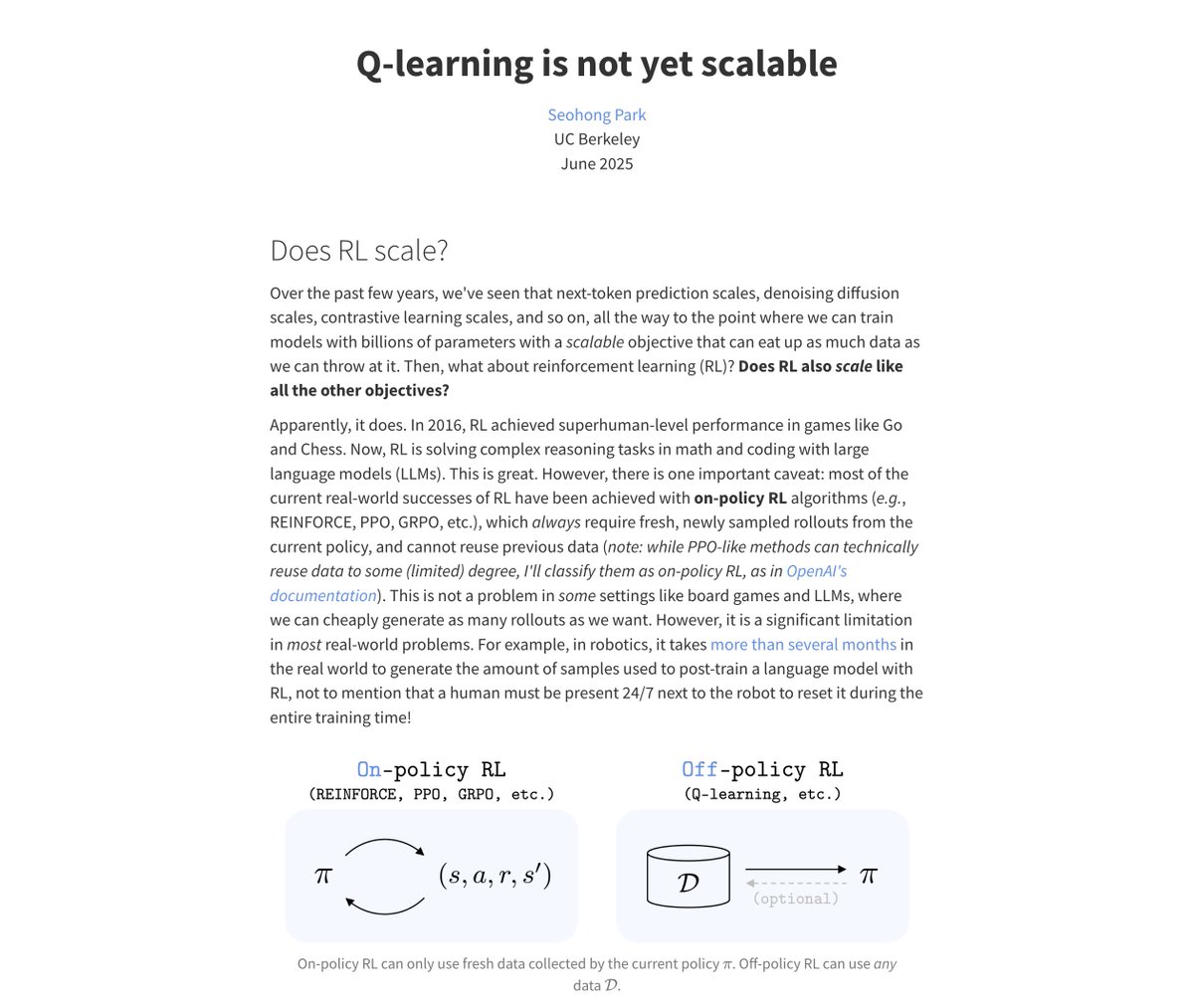
Tien Toan Nguyen
@toannguyencs
Incoming CS Ph.D. at @CSatUSC
💯 Love peace and beach
❌ Against robots killing humans
❌ Against humans killing humans
ID: 1719563403076030464
https://toannguyen1904.github.io/ 01-11-2023 03:54:06
84 Tweet
77 Followers
1,1K Following








TRI's latest Large Behavior Model (LBM) paper landed on arxiv last night! Check out our project website: toyotaresearchinstitute.github.io/lbm1/ One of our main goals for this paper was to put out a very careful and thorough study on the topic to help people understand the state of the










Collecting dexterous humanoid robot data is difficult to scale. That's why Mengda Xu and Han Zhang built DexUMI: a tool for demonstrating how to control a dexterous robot hand, which allows you to quickly collect task data. Co-hosted by Michael Cho - Rbt/Acc and Chris Paxton



